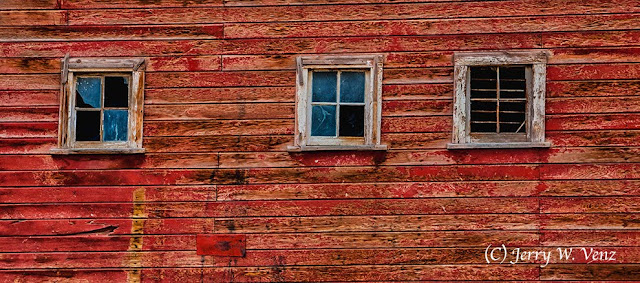When we do portraits of horses and their owners we often start them in a barn or out building.
This serves two purposes:
- If we’re starting photography at a less than ideal time of day when the light is flat, and thus directionless, we use “barn light” to create dramatic portraits.
- These interior portraits give our clients additional choices with a really different look than the outside portraits; and that usually gives us higher sales!
For some reason I rarely see other photographers use barns properly for equestrian portraits with their owners. These photographers often put the horse and owner IN the barn’s doorway using it as a framing device. Then with their subjects facing the outside or inside of the barn all they get is Flat Light!
My basic rule:
- For interior barn portraits the barn is Not the Subject the barn is the Light Source!
- And just like studio or window light portraits I do not photograph my Light Source; why? Including the light source in your portrait will only create a large, over exposed, distraction that you never want in a low-key portrait.
The open door of a barn creates a light that is just like a large window, which is probably the Best light for portraits. And just like the light from a window barn door light is softer near the opening and harder as you move your subjects deeper into he barn—provided there are no other light sources in your barn.
I usually place my subjects from 1/4 to 1/3 of the way into the barn—depending on what I find as a background for my subjects…
 |
|
f8.0 @ 1/250 sec., ISO 400; Lens @ 50mm - You don't usually see me at 50mm, but this was a really small space!
|
I’m extremely picky about my portrait backgrounds and will only allow tools or tack on the background walls if they’re not too distracting. I prefer the simplicity of nice bare barn wood like the above portrait of this hight school senior with her old horse.
NOTE: Just like the I do window light I do not allow the use of barn door light if there is Direct Sunlight flooding the opening. I only want Sky Light on my subjects!
Don’t hesitate to ask if you have questions….’Til next week…
Author: Jerry W. Venz, PPA Master Photographer, Craftsman
Training site: http://www.LightAtTheEdge.com
Client site: http://www.TheStorytellersUsa.com









